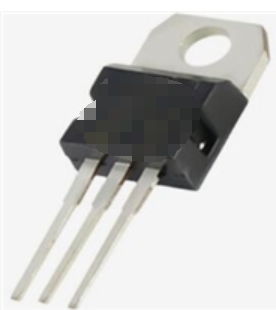Date:2025-07-02 Categories:Product knowledge Hits:306 From:Guangdong Youfeng Microelectronics Co., Ltd
In circuits, a transistor is a commonly used semiconductor device, mainly used for functions such as amplification, switching, voltage regulation, and signal modulation. There are different types of transistors, which can be mainly divided into bipolar junction transistors (BJTs) and field-effect transistors (FETs) based on their structure and working principle.
There are two types of bipolar junction transistor (BJTs): NPN and PNP. A BJT consists of two PN junctions, with the N or P-type semiconductor in the middle called the base, and the P or N-type semiconductors on both sides called the emitter and collector, respectively. In an NPN transistor, current flows from the collector to the emitter; In PNP transistor, the direction of current is opposite.
There are also several different types of field-effect transistors (FETs), including junction field-effect transistor (JFETs) and insulated gate field-effect transistors (MOSFETs), among which MOSFETs are further divided into N-channel and P-channel types. FET regulates the current through the semiconductor channel by a control voltage.
When analyzing the role of transistor in circuits, we can start from the following aspects:
1. Identifying the type of transistor: Firstly, it is necessary to determine which type of transistor is used in the circuit, whether it is BJT or FET, NPN or PNP, or N-channel or P-channel MOSFET.

Previous: Classification, Structure, and Principle of MOSFET